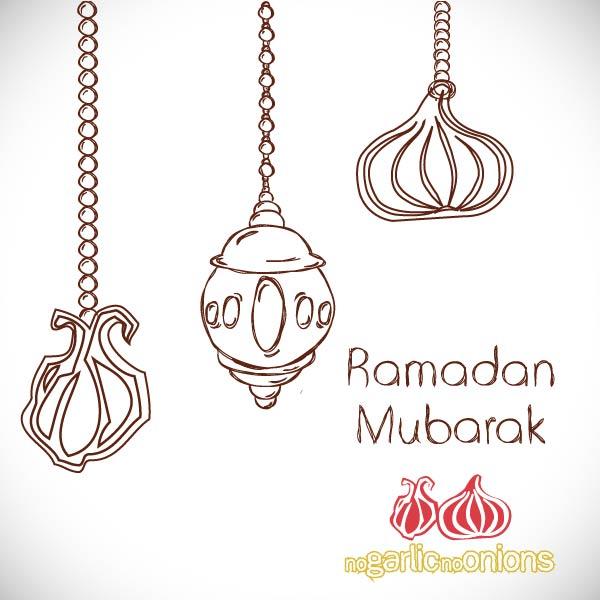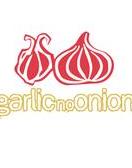Happy Ramadan everyone, hope this month brings all of us peace – a peaceful month with fasting and good deeds…

During this month, I would like to hear your stories, thoughts and suggestions on the best places to have Suhur and Iftar with family and friends – I would love to hear your ideas and suggestions… Let’s work together on this one…
During Ramadan, two main meals are served; the suhoor, which is served before dawn, and the iftar, which is served after sunset. Since the suhoor is intended to last one throughout the day, it tends to be a heavy and hearty meal. Suhoor ends when the sun rises and the fajr, or morning prayer, begins. At the end of the day, when the sun sets, the maghrib prayer starts, and the day’s fast is broken with the iftar meal. Many Muslims break their fast by eating dates before beginning the iftar meal. Muslims can continue eating and drinking throughout the night until the next day’s suhoor. At the end of the Ramadan month, Muslims celebrate the Festival of the Breaking of the Fast, called Eid al-Fitr.
Both of the suhoor and iftar meals contain fresh fruit, vegetables, halal meats, breads, cheeses, and sweets. Remember that the Muslim world is large and is not only in the Middle East; there are Muslims worldwide in Europe, North America, Asia, Africa, and Australia. The types of food served vary by region. The meals are served either at home with family, or in the community mosques, or other designated places within the Muslim community.
Some foods that may be served at a Ramadan suhoor or iftar:
- Dates, pistachios, other nuts, and dried fruits
- Fresh seasonal fruits
- Fresh seasonal vegetables
- Chabbakia - a dessert made of fried dough flavored with orange blossom water and coated with sesame seeds and honey. (Morocco)
- Paomo - a bread & mutton soup (China)
- Ramazan Kebabi - a dish made with lamb, onions, yogurt, and pita bread. (Turkey)
- Sherbet - the world’s first soft drink, developed in the Ottoman Empire. Sherbets are made from fruit juices, extracts of flowers, or herbs, and combined with water and sugar. (Turkey)
- Chapatis - unleavened flatbread that is rolled up with vegetables and meats. (India and Pakistan)
- Lavash - a soft, thin crackerbread. (Armenia, Azerbaijan)
- Fattoush - a salad made of vegetables and pita bread. (Lebanon and Arab countries)
- Tabbouleh - a salad made with fresh tomatoes, parsley, garlic, and bulgur wheat. (Middle East)
- Khyar Bi Laban - cucumber and yogurt salad (Middle East)
- Chorba - lamb stew with tomatoes and chickpeas (Morocco)
- Fasulia - stew with green beans and meat (North Africa and the Middle East)
- Bamia - a stew made with meat and okra (North Africa and the Middle East)
- Mujadarra - a dish made with rice and lentils (Middle East)
- Konafah - a pastry made with phyllo dough and cheese (Middle East)
- Qatayef - a type of Arabic pancake filled with sweet cheese and nuts (Saudi Arabia, Palestine)
- Ful medammes - fava beans cooked with garlic and spread on bread (North Africa)
- Kolak - a fruit dessert made with palm sugar, coconut milk, and pandanus leaf. Fruits such as jackfruit or banana are added, or mung beans. (Indonesia)
- Haleem - a porridge made of meat, wheat, and lentils. (India)
- Paneer cheese (Persia and India)
- Jalebi - deep-fried dough batter soaked in syrup. (Pakistan)
- Shabi kebab - fried patties of ground meat and chickpeas. (India and Pakistan)

